THE UNIVERSITY SYSTEM IS NO LONGER SUITABLE
The policy of restructuring universities is clearly outlined in Plan No. 130 of the Steering Committee on summarizing the implementation of Government Resolution No. 18. How do you assess this policy, Professor?
Professor Bui Van Ga: First of all, it must be said that our higher education system has adapted and responded very quickly to the requirements of training human resources in all stages of the country's development. From the subsidy period, the university system trained human resources to meet the needs of the planned economy . During the Doi Moi (Renovation) period, our universities quickly updated the content of training programs to provide a workforce for the socialist-oriented market economy. The system of universities has continuously expanded its scale to promptly meet the learning needs of the people. The types of universities are also diverse, including public and private universities.
The financial mechanism has also changed from a system where the state fully covered operating costs to one where universities are completely autonomous and independent of state funding. On the other hand, as the scale expands, some universities become overloaded, and the quality of education is not guaranteed. Fully autonomous universities must calculate revenue sources to ensure they cover their operating expenses, thus having to balance scale and quality. In addition, state resources are limited and must be spread thin across many universities, resulting in very poor and outdated facilities; many universities have limited land area, failing to provide a suitable pedagogical environment.
Entering an era of national progress, the current system of universities is no longer suitable. The country needs a new, high-quality workforce to shoulder the responsibility of lifting the nation out of the middle-income trap and becoming a sustainably high-income country. Therefore, the workforce needs to be trained in a new, progressive, and modern environment.
Restructuring and reorganizing the higher education system is inevitable and essential. The integration of universities and institutes has been widely discussed, but to date, these two systems have lacked close coordination, leading to a waste of investment resources.
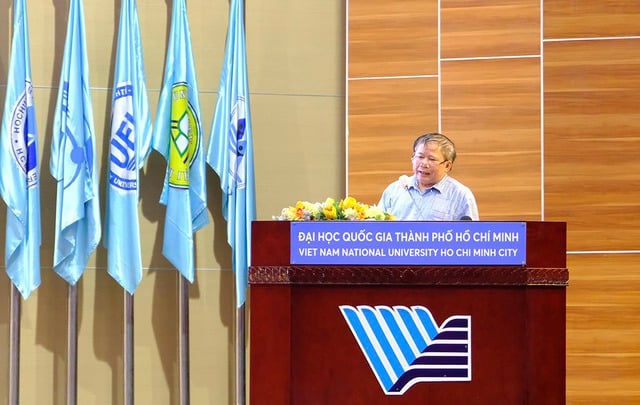
Professor Bui Van Ga
PHOTO: HA ANH
4 GROUPS OF HUMAN RESOURCE TRAINING SYSTEMS AFTER REORGANIZATION
So, what criteria and principles should be followed in restructuring universities to achieve the set goals, not just by mechanically reducing their numbers?
We have always debated whether universities should develop in an elite or mass-oriented direction. As the demand for education increases, many new universities are established, and admission to university is less challenging. Universities serving the learning needs of the general public have naturally become mass universities. However, even if we expand enrollment quotas to meet the needs of learners, the elite training aspect cannot be overlooked. In developed countries, while enrollment quotas are open to everyone, prestigious, high-priority universities receive significant state investment through various means. Candidates wishing to enter these universities must pass rigorous entrance exams or possess exceptional talent.
In my opinion, this time we should take a different, more comprehensive approach to the university system, not just focusing on universities and colleges, but also including the vocational education system, using the National Qualifications Framework as a standard. We can envision the human resource training system after the reorganization will have: (1) elite research universities, (2) national key universities, (3) applied universities, (4) schools training technicians and workers.
The elite research universities are leading universities that prioritize scientific research and focus on training human resources at levels 7 and 8, corresponding to master's and doctoral degrees. The national key universities train high-quality human resources from level 6 and above.
The state focuses its resources on maximizing investment in these two groups of schools. These schools have the highest degree of autonomy and their own admission methods, aiming to train talented elites, the master architects who will shape the development of specialized fields and sectors for the country.
The group of applied universities focuses on training human resources at levels 5 and 6, including colleges and most of the smaller universities today. Graduates from these institutions may receive a university degree, but whether they are at level 6 or level 5 depends on the training program and the learning outcomes.
The final group includes all secondary schools and vocational schools that train technicians and workers.
In the digital age, the workforce trained in the third group of schools is the largest. Manual labor and simple tasks performed by the workforce trained in the fourth group of schools will gradually be replaced by robots.
The pyramidal workforce model of the last century has been replaced by the "drum-shaped workforce" model of the digital age.

The workforce needs to be trained in a new, progressive, and modern environment.
Photo: Dao Ngoc Thach
SPECIFIC SOLUTIONS
According to the plan, approximately 140 public universities in Vietnam are slated for merger. So, Professor, what would be the appropriate implementation roadmap and what are the necessary conditions for its execution?
Once the principles are agreed upon, the restructuring of our higher education and vocational education system will proceed quickly. Two crucial aspects need to be determined to ensure that the restructuring of our human resource training system achieves the desired goals. Firstly, identifying Group 1 and Group 2 universities (elite research universities and national key universities); secondly, determining the investment and human resources needed to operate these universities. Groups 3 and 4 universities can be structured geographically or by industry group, along with enhanced quality control of training.
According to Announcement No. 45-TB/TGV dated September 30, 2025, from the Working Group of the Central Steering Committee on Science, Technology, Innovation, and Digital Transformation, four universities have been selected for key investment to serve as models for the higher education system: Vietnam National University, Hanoi; Vietnam National University, Ho Chi Minh City; University of Da Nang; and Hanoi University of Science and Technology. The development goals of these universities are clearly defined: by 2030, they aim to be among the top 150 universities in Asia and have at least one field ranked in the top 100 globally according to prestigious international university rankings.
Specific solutions were also identified, such as ensuring that at least 60% of training programs in science, engineering, and technology are taught in English; prioritizing dual degree programs with universities in the top 200 worldwide; postgraduate students accounting for at least 30% of the total student population; 100% of doctoral students being exempt from tuition fees and receiving scholarships; and doctoral students spending at least 10 months on research exchange at leading research institutes and universities worldwide… These universities belong to the group of elite research universities.
Similarly, a group of key national universities will be established. These are the universities that require the most focused investment and the most significant reforms when the system is reorganized and restructured. The reorganization of the remaining universities will not be very complicated and can therefore proceed quickly.
Arrange local universities
After restructuring, universities/colleges may be under the direct control of the Ministry of Education and Training, other central ministries and agencies, and some local authorities.
Currently, most (former) provinces have universities. However, investment resources are very limited, they cannot attract qualified lecturers, and student recruitment is difficult, so many universities face difficulties in operation. In the past, when transportation was difficult, localities wanted universities so their children could access higher education. Now that transportation is easier, students tend to go to large cities to study.
When transportation is convenient, universities under local administration, especially in localities with limited investment resources, struggle to attract qualified lecturers. Therefore, only universities in major cities and regional economic centers should be retained as the core. Universities in neighboring localities could merge with the core university to form a larger university/university. This would reduce the number of university branches, improve management efficiency, and enhance the quality of education.
Source: https://thanhnien.vn/sap-xep-truong-dh-nen-theo-huong-nao-185251005174651964.htm









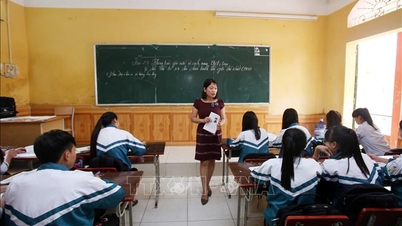

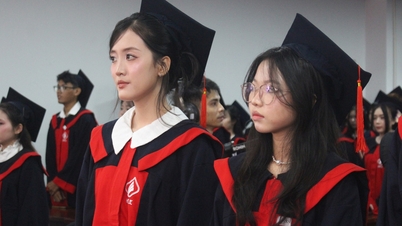
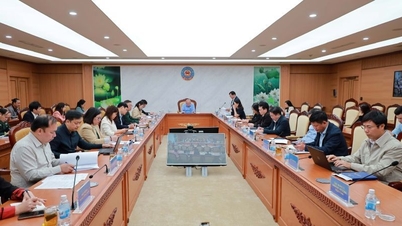

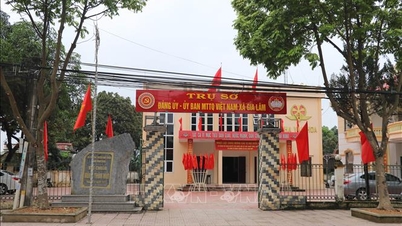




















![[Photo] Prime Minister Pham Minh Chinh holds a phone call with the CEO of Russia's Rosatom Corporation.](/_next/image?url=https%3A%2F%2Fvphoto.vietnam.vn%2Fthumb%2F1200x675%2Fvietnam%2Fresource%2FIMAGE%2F2025%2F12%2F11%2F1765464552365_dsc-5295-jpg.webp&w=3840&q=75)


























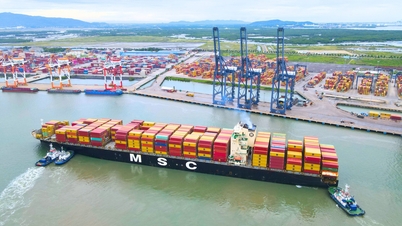





















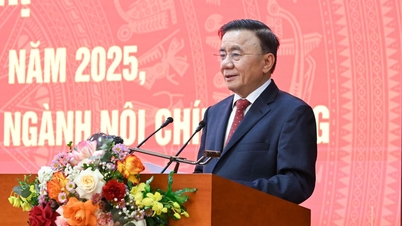





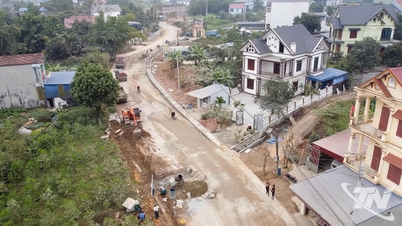


















Comment (0)